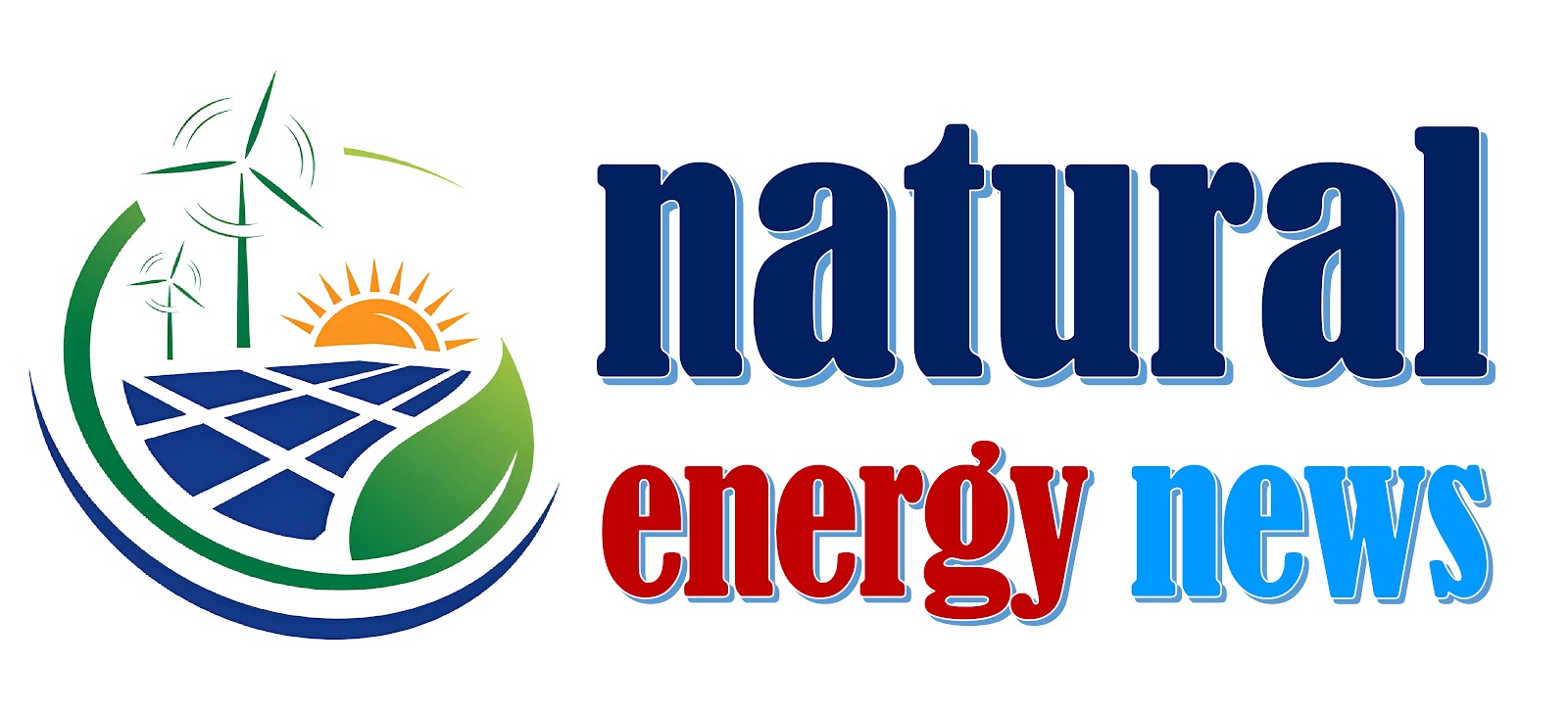Tehran, Iran (Natural energy News): Iran is gearing up for a significant surge in its oil and gas sector, as plans are in motion to bring 67 new projects online with a combined value of approximately $15 billion by the upcoming March deadline. The ambitious endeavor was underscored by Mohammad Mokhber, the first vice president of Iran, who expressed optimism about the progress of these projects.
The energy landscape of Iran has been witnessing rapid developments, exemplified by the completion of $12 billion worth of previously initiated but unfinished projects within the oil and gas sector over the past year. The Iran Front News reported on the successful realization of these endeavors, marking a significant stride forward for the nation's energy aspirations.
Presently, Iran's daily oil production stands at around 3.18 million barrels, a notable figure that the nation aims to elevate to 3.3 million barrels per day by the end of the current month. As the calendar turns to September, further growth is anticipated, with oil output projected to potentially reach 3.5 million barrels per day, as stated by the head of the National Iranian Oil Company.
This surge in daily oil production signifies a remarkable expansion over the last couple of years. The tenure of President Ibrahim Raisi, which began in 2021, witnessed Iran's daily oil production hovering around 2.2 million barrels, underscoring the substantial progress that has been achieved.
Iran's drive to amplify its oil sector extends beyond production, as the nation has made impressive strides in its oil exports. With a daily export volume of 1.4 million barrels, Iran has outperformed the targets stipulated in the government's budget for the ongoing fiscal year. This notable accomplishment prompted the head of the Planning and Budget Organization to approach the parliament for authorization to further bolster oil exports.
The economic implications of Iran's oil efforts are also substantial. The country recorded a staggering $42.6 billion in revenue from oil exports last year, surpassing the oil export revenues generated in 2016, which marked the inaugural year of the nuclear deal.
The Joint Comprehensive Plan of Action, colloquially known as the nuclear deal, played a pivotal role in altering Iran's economic trajectory by leading to the lifting of Western sanctions that were imposed due to concerns over Tehran's nuclear power program. However, the dynamics shifted when Donald Trump assumed the U.S. presidency and subsequently reinstated sanctions, with a notable focus on Iran's oil industry.
Despite the imposition of sanctions and the absence of a new agreement, Iran has defied expectations by continuing its oil exports, primarily to China. Despite Washington's warnings of impending consequences, any significant repercussions have been notably delayed. This situation has provided China with an opportunity to stockpile discounted oil, while Iran has capitalized on international markets for its crude exports.
In a noteworthy projection, Kpler, a prominent analytics firm, anticipates that China's intake of Iranian crude oil for the current month could reach its highest level in a decade, surpassing 1.5 million barrels per day. This prediction has garnered attention due to its resilience in the face of existing U.S. sanctions.
The landscape of Iran's oil and gas sector is witnessing a transformative phase as the nation's determination to expand its energy footprint remains unwavering. The imminent launch of 67 new oil and gas projects, coupled with the significant surge in daily production and exports, underscores Iran's commitment to harnessing its substantial energy resources to drive economic growth and stability. Despite external challenges and geopolitical complexities, Iran's energy sector continues to adapt and thrive, solidifying its position as a key player in the global energy arena.










0 Comments